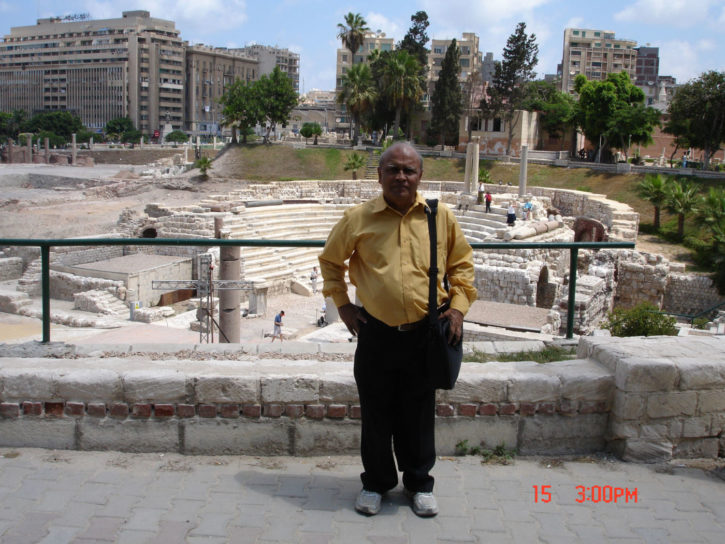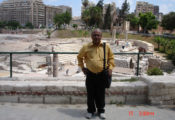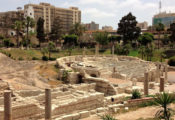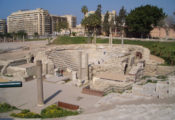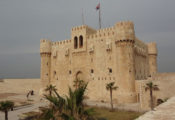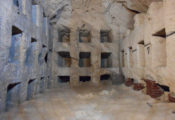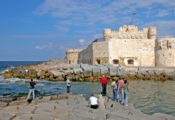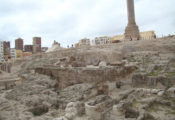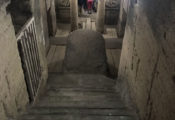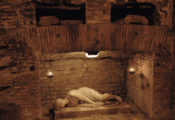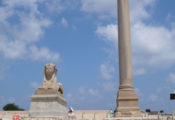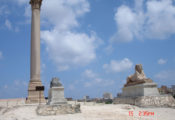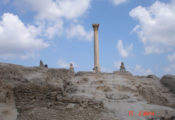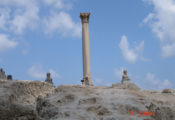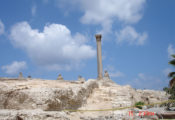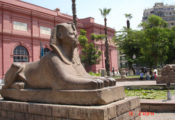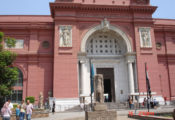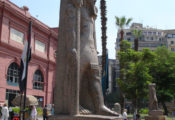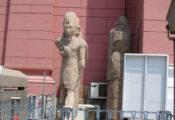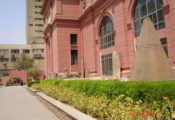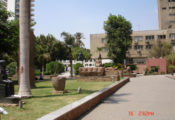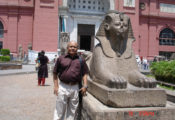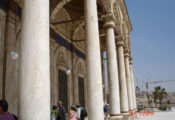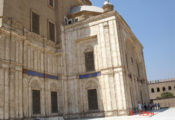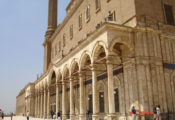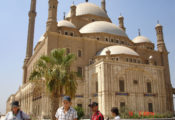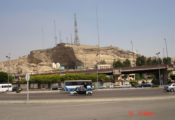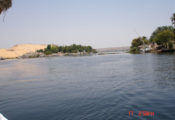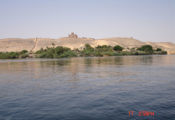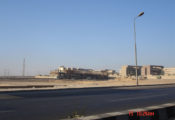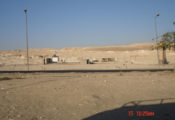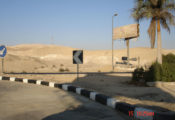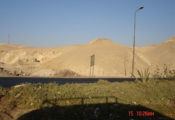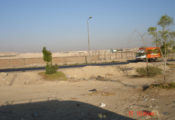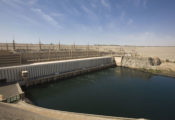15/8/2007
Alexandria, named after Alexander the Great, is considered to be Egypt’s second capital because of its historical importance and population. It is Egypt’s second largest city. In 332 BC the young 25-year old Alexander founded the city. His chief architect, Dinocrates, was appointed to spearhead this project which was intended to see Alexandria replace Naucratis as a Hellenistic center in Egypt, and to be the link between Greece and the rich Nile Valley. The Egyptian fishing village of Rhakotis (Ra-Kedet, in Egyptian) already existed on the shore, and later gave its name to Alexandria, becoming the Egyptian quarter of the new city. Only a few months following its foundation, Alexander left the city named for him, never to return. One of his favorite generals, Ptolemy, struggled with other successors of Alexander.
Once the world’s most powerful leader, Alexander was just 20 years old when he became king of Macedonia following the assassination of his father, Philip II, in 336 B.C. Over the next 12 years the brilliant, ambitious Alexander toppled every rival empire in his path, including Persia and Egypt, where he declared himself pharaoh. The restless warrior died in 323 B.C. at age 32. According to a Babylonian astronomical diary, Alexander died between the evening of June 10 and the evening of June 11, 323 BC, at the age of thirty-two. He was in Baghdad (Babylon) after years of military campaigning, that night he took the opportunity to rest and to plan his next conquest. On May 29, he attended a dinner given by a close friend. Alexander joined in the heavy drinking during the day-long event. Complaining that he did not feel well, he went to bed. Alexander’s health steadily deteriorated as fever wracked his body. Finally, too weak to leave his bed, the conqueror of the world died ten days after he was stricken ill. Just 32 years old, he had conquered an empire stretching from the Balkans to modern Pakistan, and was poised on the edge of another invasion on India and further.
After being argued over by his advisers, Alexander’s body was buried first in Memphis, Egypt, then in the city that bears his name, Alexandria. There, his tomb was visited by the people of Egypt and venerated like the temple of a god.
Today, the original Alexandria lies buried beneath two millennia of urban evolution; the building blocks of its oldest temples and monuments have been carried as far afield as Cairo, London and New York, to the museums, or else shattered by earthquakes and military invasions, or submerged under the sea.

